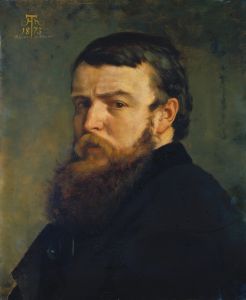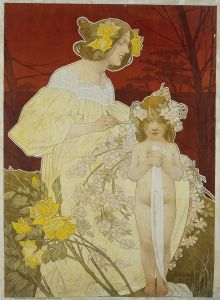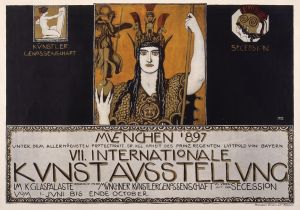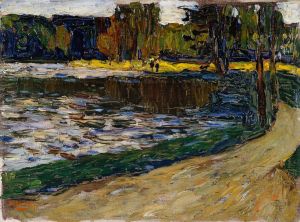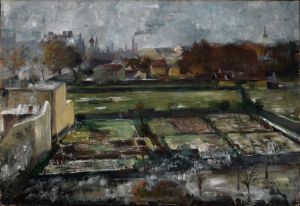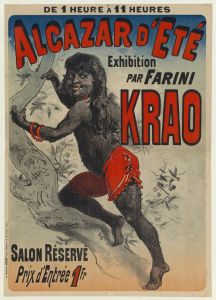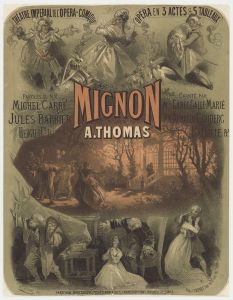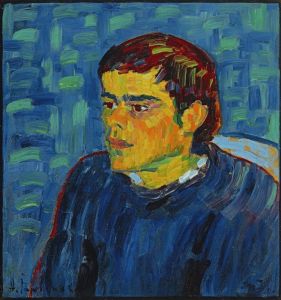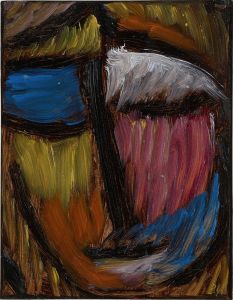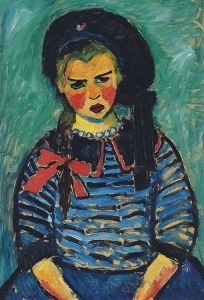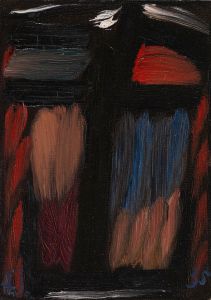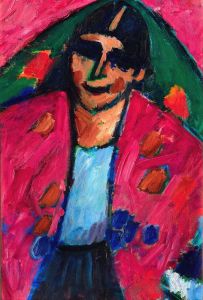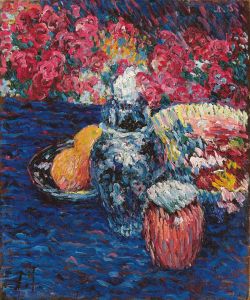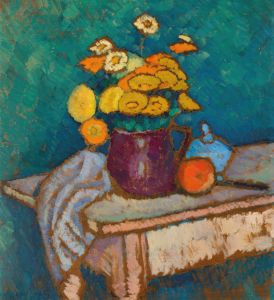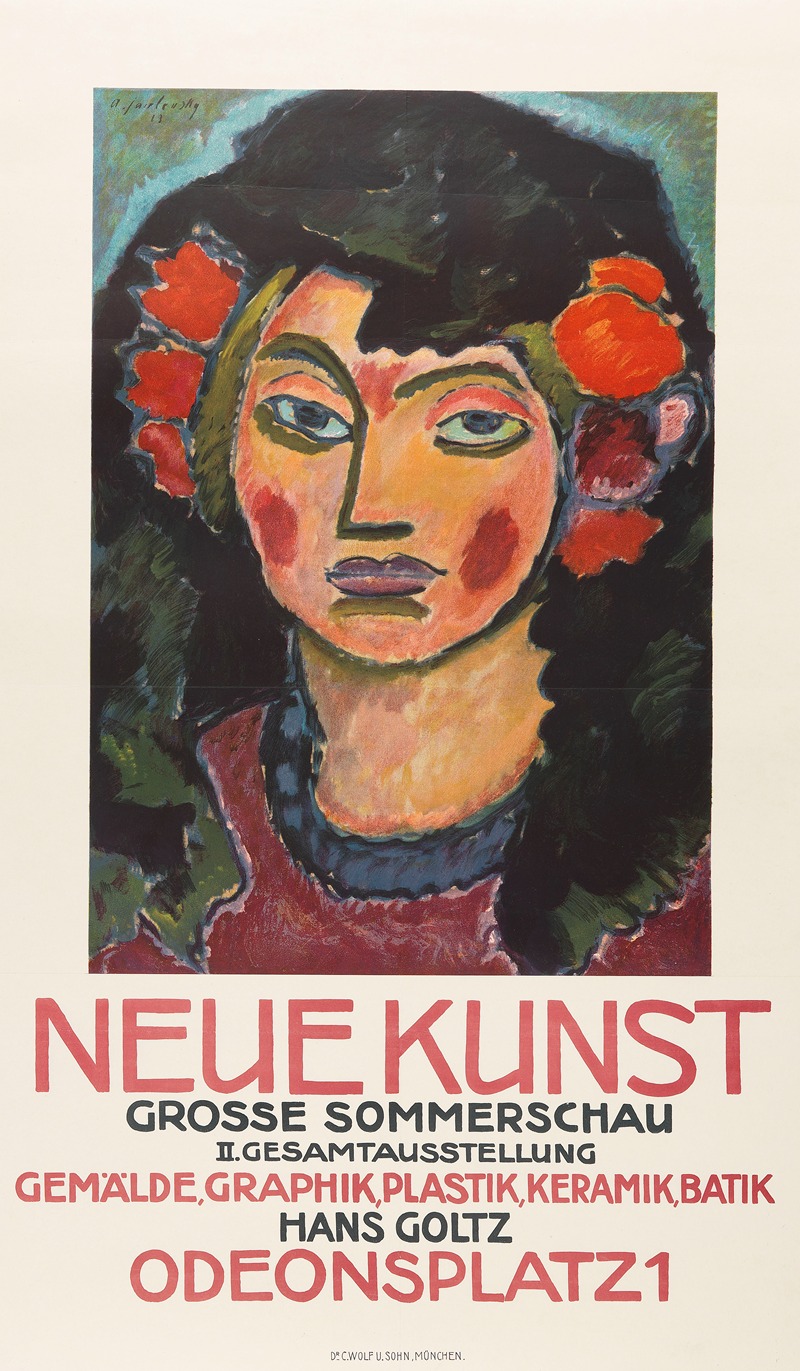
Plakat für die große Sommerschau der Galerie Neue Kunst, München
A hand-painted replica of Alexej von Jawlensky’s masterpiece Plakat für die große Sommerschau der Galerie Neue Kunst, München, meticulously crafted by professional artists to capture the true essence of the original. Each piece is created with museum-quality canvas and rare mineral pigments, carefully painted by experienced artists with delicate brushstrokes and rich, layered colors to perfectly recreate the texture of the original artwork. Unlike machine-printed reproductions, this hand-painted version brings the painting to life, infused with the artist’s emotions and skill in every stroke. Whether for personal collection or home decoration, it instantly elevates the artistic atmosphere of any space.
Alexej von Jawlensky was a Russian expressionist painter, known for his vibrant use of color and bold compositions. One of his notable works is "Plakat für die große Sommerschau der Galerie Neue Kunst, München," which translates to "Poster for the Great Summer Exhibition of the Gallery of New Art, Munich." This piece was created as a promotional poster for an art exhibition, showcasing Jawlensky's distinctive style and his role in the avant-garde art movements of the early 20th century.
Jawlensky was born in 1864 in Torzhok, Russia, and later moved to Germany, where he became an influential figure in the expressionist movement. He was associated with the Blue Rider (Der Blaue Reiter) group, which included other prominent artists like Wassily Kandinsky and Franz Marc. This group was instrumental in the development of expressionism, emphasizing the emotional and spiritual aspects of art.
The "Plakat für die große Sommerschau der Galerie Neue Kunst, München" is a testament to Jawlensky's mastery of color and form. Although specific details about the poster's imagery are scarce, it likely features elements typical of Jawlensky's work during this period, such as bold colors, simplified forms, and an emphasis on emotional expression. His work often focused on the human face and figure, using them as vehicles to explore deeper spiritual and emotional themes.
Jawlensky's style was heavily influenced by his interactions with other avant-garde artists and movements. His work shows the impact of Fauvism, with its vivid, non-naturalistic colors, and the influence of Russian icon painting, which is evident in his use of strong outlines and flat areas of color. These elements combined to create a unique visual language that was both modern and deeply rooted in tradition.
The Galerie Neue Kunst in Munich was a significant venue for contemporary art during the early 20th century, hosting exhibitions that featured cutting-edge artists and movements. By creating a poster for this gallery's summer exhibition, Jawlensky was not only promoting the event but also aligning himself with the progressive art scene of the time. This association helped to cement his reputation as a leading figure in the expressionist movement.
Jawlensky's work, including pieces like the "Plakat für die große Sommerschau der Galerie Neue Kunst, München," continues to be celebrated for its innovative approach and emotional depth. His contributions to expressionism and modern art have left a lasting impact, influencing generations of artists who followed. Today, his works are held in major collections around the world, where they continue to inspire and captivate audiences with their bold colors and expressive power.





